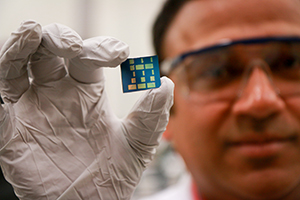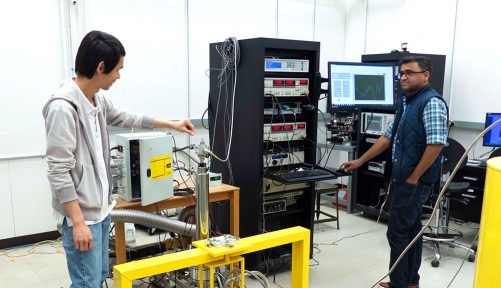Congratulations to University of Utah materials science and engineering professor Ashutosh Tiwari, who was elected a National Academy of Inventors (NAI) Senior Member for 2021. He is one of 63 luminaries from 36 institutions named to this year’s class and the only one from Utah.
“It is a great honor to be elected to the National Academy of Inventors as a Senior Member. Though this recognition has been granted to me, it was not possible without the creativity and high-quality research performed by my numerous students and postdocs over the last one and half decades,” said Tiwari. “I am also thankful to the College of Engineering and the University of Utah’s PIVOT Center for providing a conducive environment for high-quality research and innovation.”



 The National Academy of Inventors has released a new video about the legacy of Gerald Stringfellow, University of Utah Distinguished Professor of both electrical and computer engineering and materials science and engineering.
The National Academy of Inventors has released a new video about the legacy of Gerald Stringfellow, University of Utah Distinguished Professor of both electrical and computer engineering and materials science and engineering.